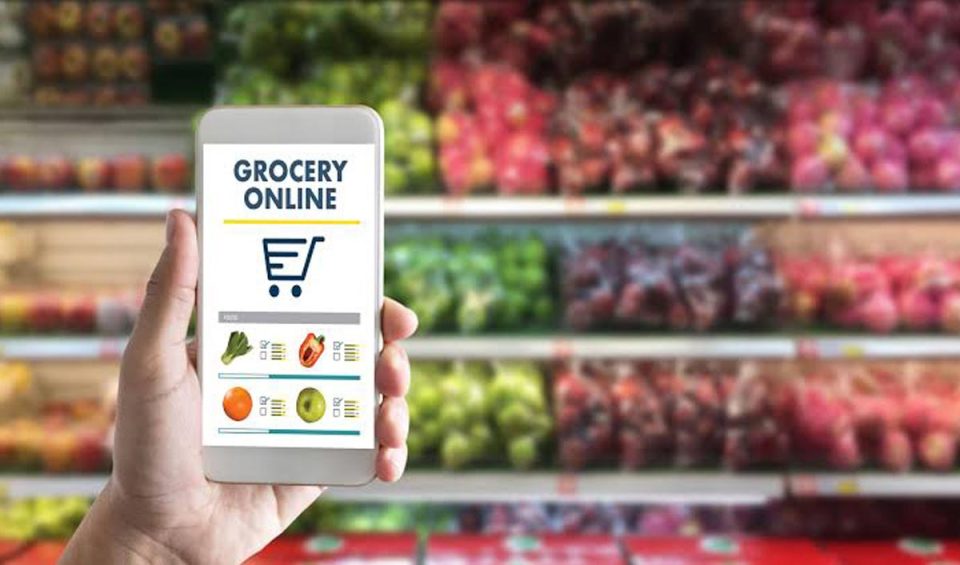Are you an aspiring entrepreneur looking forward to testing your business skills online? Starting with a grocery delivery business can be one of the most sorted business models to try your hands. This is one of the few online domains that have witnessed massive revenue growth in recent years, especially during the post-pandemic period of Covid-19, when people switched to online mode for grocery shopping and other essential household supplies. A very narrow segment of society has yet to become familiar with the advantages of buying groceries online. Still, this may change with a full-fledged establishment of an online grocery marketplace on eCommerce platforms.
Let us first categorize the business models below.
- Aggregator model:
This model is suitable for companies who want to save on the cost of warehousing. All they can do is ally with grocery delivery partners. They can receive orders in their groceries delivery app and deliver them to the designated customers and locations.
- Store pick-up model:
For consumers who want to book items online but want to collect them in their preferred time slot from the stores, this model is perfect for them. From the business perspective, this model is less intimidating as there is no requirement to hire delivery personnel.
- Warehouse pick model:
This is suitable for businesses that don’t have an established store set-up for displaying groceries, nor do they want to follow the aggregator model. So, they can buy directly from the retailers, store the products in their warehouses, and deliver from there.
Although these models function well only if the logistics and delivery are kept in check, buying grocery online through any grocery app is done in the following ways.
- The website interface allows users to log in through valid credentials or social media channels.
- The location must be registered in the app to schedule the delivery service.
- An array of items with different brands and additional features are listed on the website or the app so that the consumers can browse through the options and select their preferred choice to store in the delivery cart.
- The payment option is given through multiple options of online payment, and once it’s done, the users need to schedule a specific time slot and date for delivery.
- Once the sellers receive the order, they start preparing the items with logistics. Once the payment is received, the amount is transferred to the vendor’s wallet after the sellers deduct the commission.
Every field of work or business has struggles and challenges, and the online grocery delivery business is no exception. Below are some of the challenging aspects of this type of business.
- High operational cost:
Delivering the items, warehousing them, and maintaining and managing the perishable goods are major revenue-driving factors for the grocery delivery business. Initially, the profits may be marginalized, and operational costs may incur a higher price, but with expert management techniques, profits increase eventually. This is the reason the aggregator model is the most preferred one by entrepreneurs.
- Delivery issues:
There are frequent issues raised by customers, such as late delivery, lost items, damaged products, etc. Since the sellers rely on delivery partners to render this service, such concerns are bound to arise time and again. Hence, it is of utmost importance to hire strict professionals or to provide them with extensive training.
Some other minor complexities are associated with these business models, but one must be determined and patient when starting a new venture. This market has great potential to expand, and now is the best time to tap into it.


